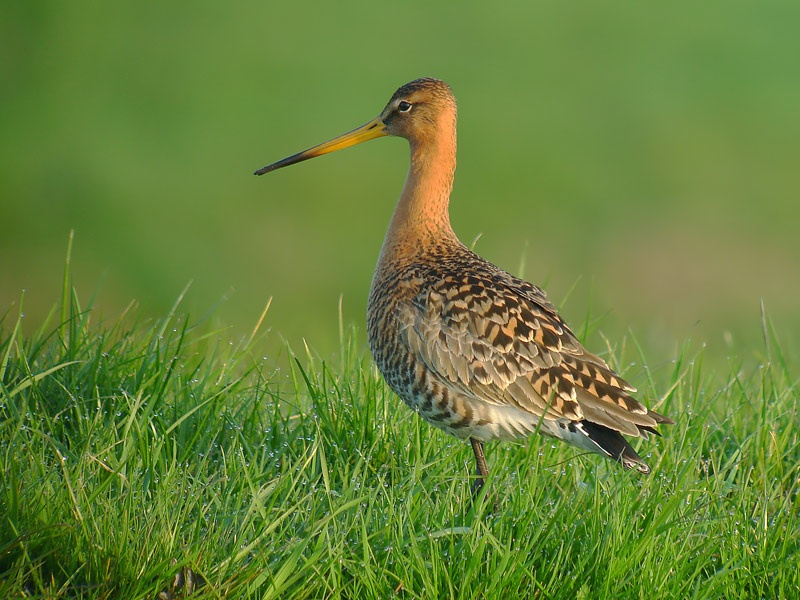
Uploaded on 2015-12-15 by Natasja_B
Food is generally not produced in the city of Amsterdam apart from some urban agricultural projects. The same holds for water. But I want to pay attention to the Amsterdamse Waterleidingduinen (in English: Aqueduct dunes from Amsterdam), which is called so because in this dune area the drinking water for the city of Amsterdam (50 million cubic metre water) is ‘produced’. ![enter image description here][1] I did not take this picture! Source: "Awd1" by Harry Hobo - Eigen werk. Licensed under Publiek domein via Wikimedia Commons - https://commons.wikimedia.org/wiki/File:Awd1.JPG#/media/File:Awd1.JPG b. Regulating Services The Netherlands are partly below sealevel. After a flood in 1953 in which many people died, the Dutch government lanched the Deltaplan: the Dutch Deltawerken (English: Delta works) consists of a combination of dikes, dams and dunes to protect The Netherlands against the water. In the city of Amsterdam the company Waternet regulates the level of the water (canals etc.) so that we “keep our feet dry”. The dikes that used to protect the city before the Deltawerken are still there, and even continue to function as water defences. They meander through the city and are barely recognisable as dikes, such as Zeedijk (English: Sea Dike) and Haarlemmerdijk (English: Harlem dike). Locks provide a passageway through the water defences, and if there is a flood threat they must be closed to protect the city centre, such as the Westerkeersluis locks near Westerdok (https://www.amsterdam.nl/publish/pages/568781/planam-07-2013nlwww_art_2.pdf). ![enter image description here][2] Westerdoksluis - Locks provide a passageway through the water defences, and if there is a flood threat they must be closed to protect the city centre ![enter image description here][3] Haarlemmerdijk: barely recognisable as a dike ![enter image description here][4] But if you see the Haarlemmerdijk from the adjacent street, you can see that this street is upward sloping towards the Haarlemmerdijk c. Habitat or Supporting services In the rural north of Amsterdam the grasslands inhabit a diversity of farmland birds. I want to pay special attention to the grutto, recently chosen as national bird of the Netherlands. From all the gruttos 85% is breeding in the Netherlands! Our typical polder landscape is suited perfectly for the grutto. ![enter image description here][5] I did not make this photograph! Source: http://www.wildewijdewereld.nl/wp-content/uploads/2011/02/grutto_DSC08026_070407_a.jpg d. cultural services Amsterdam has some very pleasants parks where people enjoy to walk, to sport, to walk the dog, to play (playgrounds for the children). In summer with hot water the Dutch go for a picnic or doing a barbeque. In my neighbourhood there is the Westerpark. ![enter image description here][6] [1]: https://upload.wikimedia.org/wikipedia/commons/a/a2/Awd1.JPG [2]: https://edxuploads.s3.amazonaws.com/14501869078186511.jpg [3]: https://edxuploads.s3.amazonaws.com/14501873241105991.jpg [4]: https://edxuploads.s3.amazonaws.com/14501870073245358.jpg [5]: http://www.wildewijdewereld.nl/wp-content/uploads/2011/02/grutto_DSC08026_070407_a.jpg [6]: https://edxuploads.s3.amazonaws.com/14501879381647753.jpg